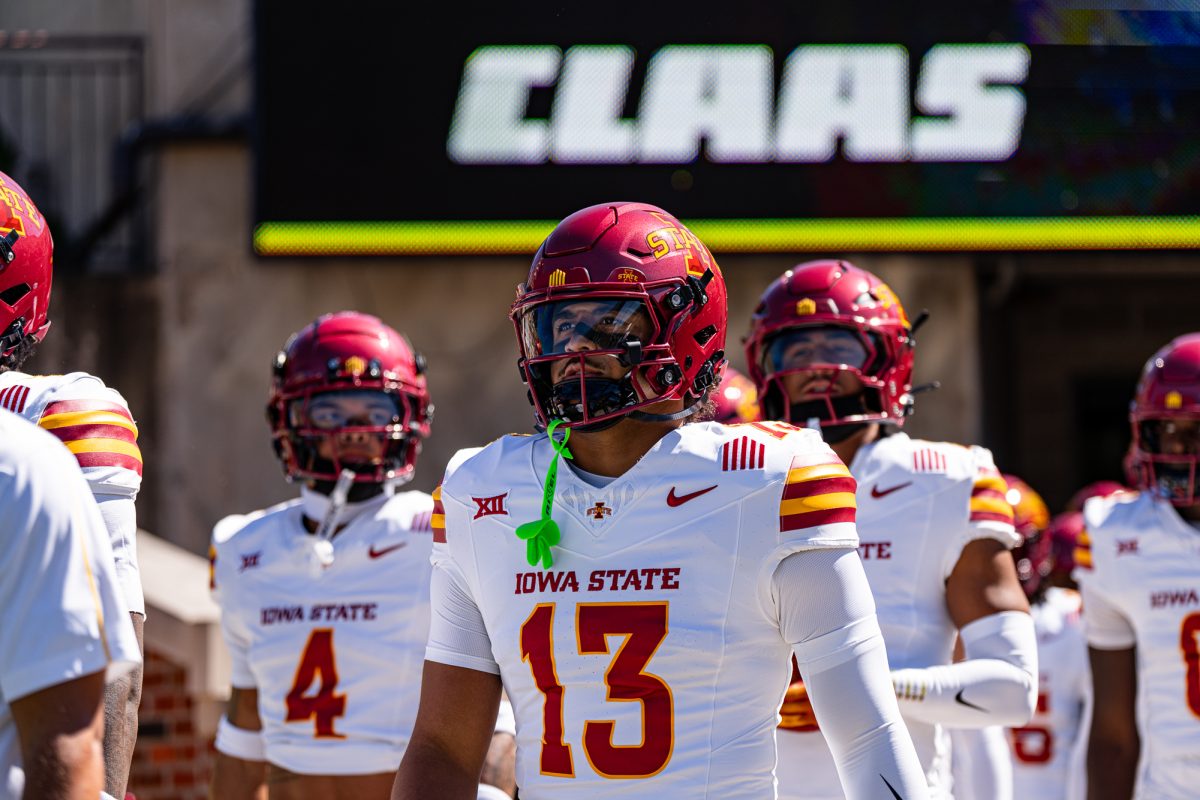In the service of activism
September 28, 1999
Activism on college campuses across the United States has been on the decline since the ’60s.
It has traditionally been the role of youth to make impassioned pleas for equality and justice.
We pull for our agenda while the older generations pull for tradition, and somewhere in the melee, a middle ground is reached.
Nearly 30 years ago, this give and take resulted in the end of the Vietnam War.
But the ’90s are a different decade altogether. Apathy is at an all-time high and we all know it.
Raised on heavy doses of television and scandal, very few of us can even manage to get excited when our country goes to war.
It is even less often that we seem able to get ourselves fired up about the environment, racial inequality or even our own civil rights.
Regardless of whether you agreed with the political stance taken by The September 29th Movement when they were active on the Iowa State campus, one fact remains true: They injected some life back into campus activism.
Many students believe The September 29th Movement began and ended with the Carrie Chapman Catt Hall controversy.
But the truth is their agenda was much broader than that one issue.
They had a whole host of issues that they felt the university needed to address.
Among those concerns was the increase in funding to all cultural studies programs. They hoped to increase tenured faculty and expand curriculum across the board so that Iowa State students soon to be entering the real world would have some knowledge of it before they got there.
They sought to increase funding for the Carver Academy and the Kuumba Multicultural School.
They wanted to see Morrill Hall turned into a multicultural center.
They wanted ISU to recruit and retain LGBT faculty to make LGBT students feel more welcomed on campus.
They wanted Iowa State to increase Minority Student Affairs programs to help students graduate.
They wanted an Asian/Asian American studies program like so many other universities have.
And, yes, they wanted to reopen the naming process for Catt Hall.
To those ends, members of the Movement staged acts of civil disobedience, marches across campus and hunger strikes. Their tactics may not have been approved by all, but they did wonders for an apathetic and uninvolved university.
While the presence of The September 29th Movement may have been viewed by many as a disruptive nuisance, to many others it opened the campus to discussing issues long ignored by the best land-grant university in America.
Regardless of your perspective on the Catt Hall controversy, take today to recognize the benefits of a campus engaged in discussion, something that happens far too infrequently at this institution of higher learning.






